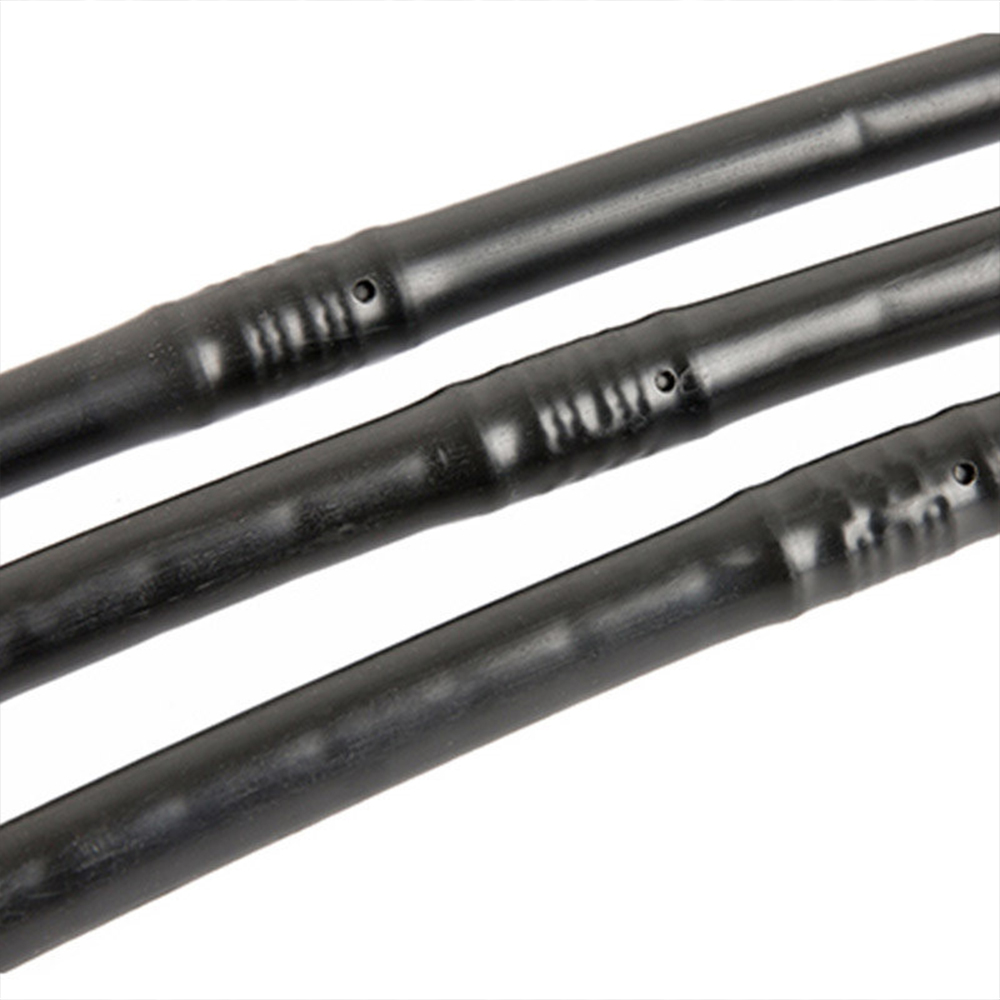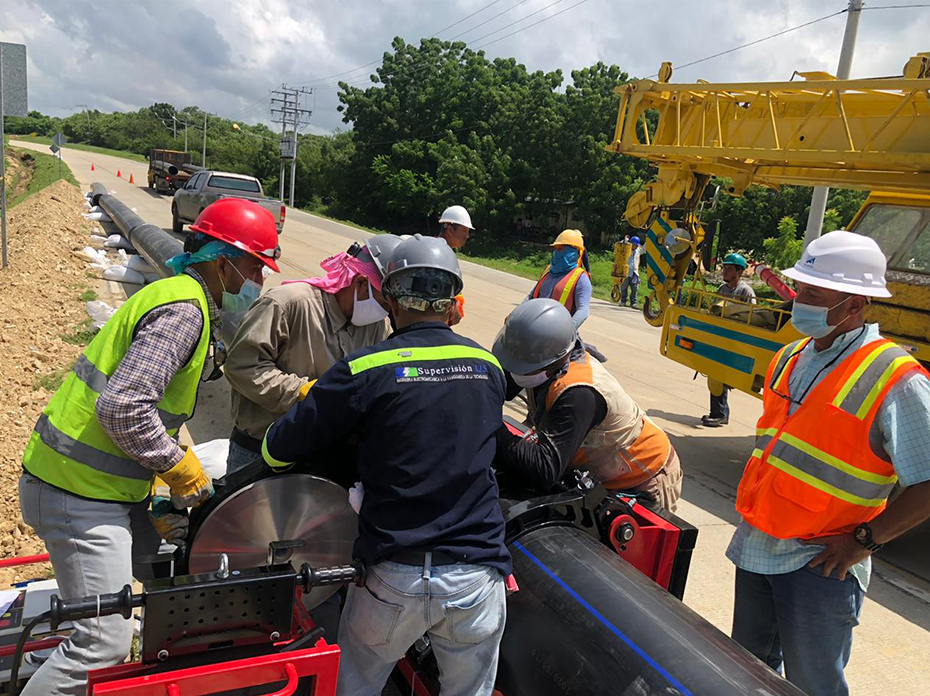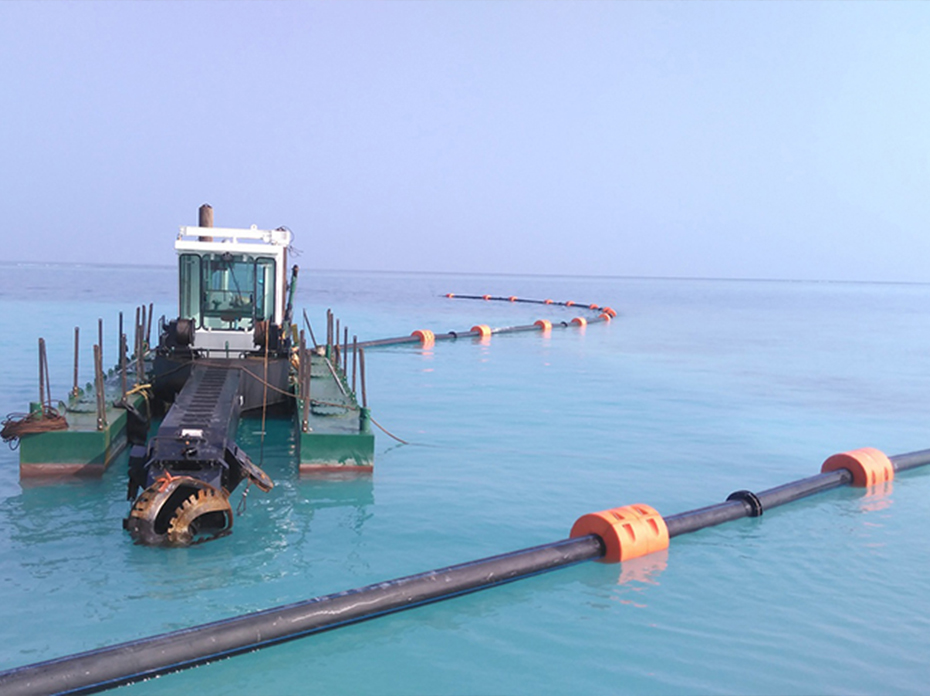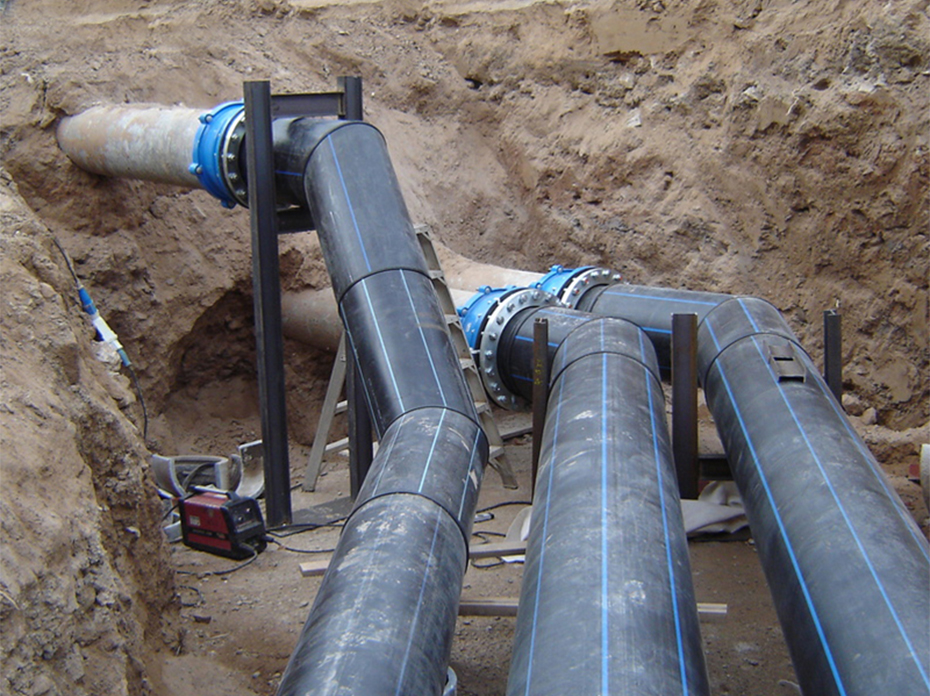Drip irrigation is an efficient irrigation system widely used in modern agriculture. Drip tapes, as common components of drip irrigation systems, can be applied in various fields.
Vegetable cultivation
Vegetables have high water and nutrient requirements, and drip tapes can provide precise water supply, ensuring that vegetable plants receive adequate water and nutrients, thereby improving yield and quality.
Fruit tree cultivation
Through a drip irrigation system, water and nutrients can be directly delivered to the roots of fruit trees, reducing water waste and nutrient loss. Furthermore, drip irrigation can also reduce the occurrence of pests and diseases in fruit trees and improve the growth environment of fruits.
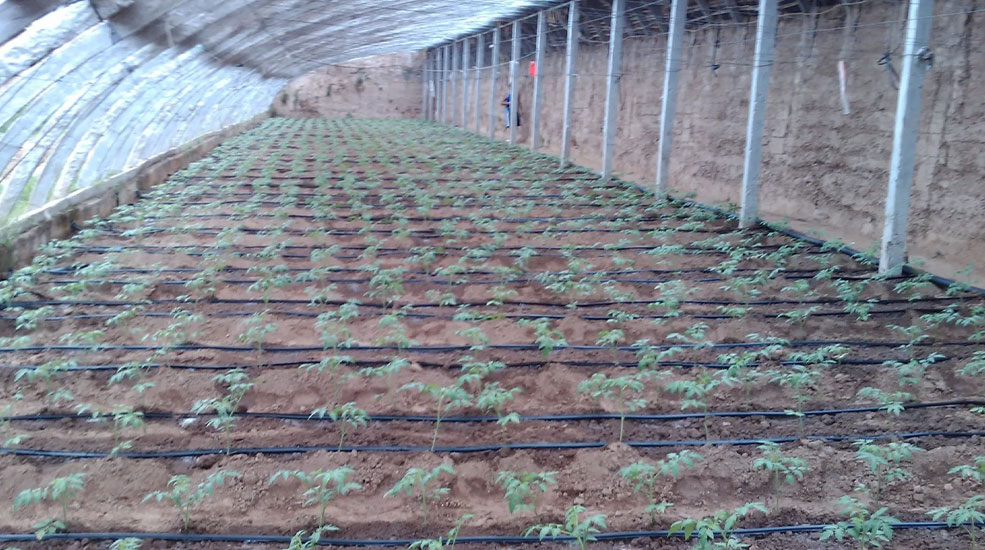
Greenhouse cultivation
Plants in greenhouses usually require precise water supply to meet their growth needs. Drip irrigation can provide appropriate water and nutrients according to the plants' requirements, maintaining stable humidity and temperature inside the greenhouse, and improving crop yield and quality.
Cotton cultivation
Cotton has high water requirements, and drip tapes can provide an adequate water supply directly to the roots of cotton plants. Drip irrigation can also reduce soil erosion and weed growth, ensuring optimal cotton growth.
Grape cultivation
Grapes are another crop suitable for drip irrigation systems. Drip irrigation ensures that the grapevine roots receive sufficient water and nutrients, enhancing the quality and yield of grapes. Additionally, it can reduce the spread of grape diseases and improve the grape growing environment.
Why do farmers choose drip tapes?
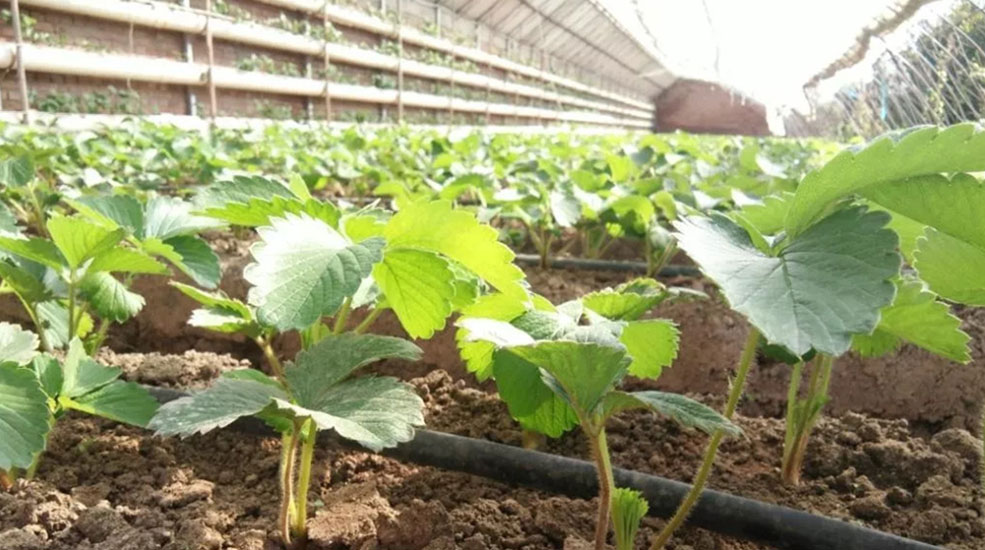
- Uniform water distribution
Drip tapes with evenly distributed emitters ensure uniform water distribution throughout the irrigation area. Each emitter drips water at the same rate, reducing water discrepancies between plants and ensuring that each plant receives an adequate amount of water. - Flexible layout and installation
Drip tapes can be flexibly arranged and installed according to the planting layout and requirements of crops. They can be cut and connected as needed to adapt to different land shapes and crop arrangements. - Water resource conservation
Drip tapes reduce water waste and evaporation by delivering water directly to the plant roots. Compared to traditional overhead irrigation systems, drip tapes can increase water use efficiency by over 50%, saving precious water resources. - Soil erosion and weed growth reduction
Drip tapes deliver water directly to the plant roots, reducing surface runoff and lowering the risk of soil erosion. Moreover, drip tapes only wet the area around the plant roots, minimizing soil surface humidity and suppressing weed growth. - Flexible water regulation
By adjusting the drip tape's flow rate, emitter spacing, and the number of emitters, water supply can be flexibly regulated to meet the specific needs of different crops. This makes drip tapes highly suitable for various crop types and growth stages.
Conclusion
Drip irrigation systems offer numerous benefits such as water and energy conservation, increased yield and quality, reduced competition, and environmental friendliness. Therefore, they are widely applied in agriculture and horticulture.
The promotion and widespread adoption of drip irrigation technology contribute to further water resource conservation and improved sustainability in agriculture.
You are welcome to : phone call, Message, Wechat, Email& Seaching us, etc.



